||| FROM ORCAS ISLAND GARDEN CLUB |||
Orcas Garden Club member, Nancy Schafer, has alerted us to the probability of a Western Tent Caterpillar infestation this year. We reached out to WSU Entomology expert, Dr. Charlie Coslor, who corroborated Nancy’s prediction and added, “It is normal for western tent caterpillars to peak every ten years or so. I remember 2012 as being a bad year for them, so they’re right on schedule.”
He also stated:
“Generally western tent caterpillar are not a major issue. They are a native species and have lots of natural enemies, so their population will go down in a year or so. The defoliation does not extend far down the branch. You can prune them out if they’re unsightly, but don’t overdo it. It’s possible for them to kill sickly plants but you also wouldn’t want to prune them back super hard and kill the plant anyway.”
Here is Nancy’s experience:
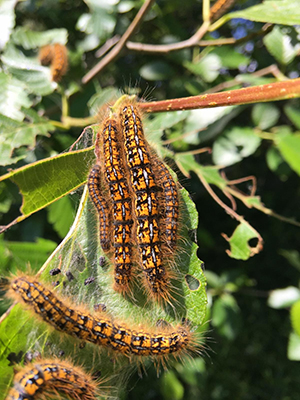 During winter pruning, I found and removed around 30+ egg masses. At that time, they are covered with a brownish-grey material that glues them to the branch and protects them from the weather. They can look similar in color to the bark, have a low profile, approx. 3/4″ long, and wrapping partway around younger branches and can be peeled off.
During winter pruning, I found and removed around 30+ egg masses. At that time, they are covered with a brownish-grey material that glues them to the branch and protects them from the weather. They can look similar in color to the bark, have a low profile, approx. 3/4″ long, and wrapping partway around younger branches and can be peeled off.
They start hatching out and spinning their tents in April. At this point, the egg masses can be lighter in color, and easier to see the individual eggs within it. I cut out 30+ early tents on my fruit trees and peeled off more egg masses. (I dispose of them in soapy water). They are still very tiny in their tent at this point, BUT, up to 400 of them in each tent. It’s better to get them now, as they will be growing into full devouring caterpillars in the next month or more. I’m also finding them in my Alder tree.
Other hosts besides fruit and nut trees: Serviceberry, Wild Rose, Wild Current, Birch, Oak, Willow and more. Typically most damage occurs in May-June.
Advice:
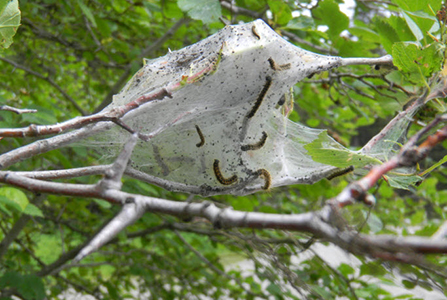
Avoid insecticides. You will also be killing the beneficial insects that prey on them as well as our very much-needed pollinators.
An exception may be BT (Bacillus Thuringiensis) which works in a different way and can be used on organic crops. Please note that BT kills all lepidoptera so it will also kill butterflies and other moth larvae which you may want in your garden! (If you choose to use BT, it is recommended that you research and read the directions carefully.)
Note: Tachinid flies are the common parasitoid fly that lays eggs inside the caterpillars and eats them once they hatch. They can be seen as a small white spot on the caterpillar head and caterpillars that show this should be spared from your active squishing because then we’ll have more parasitoid flies!
Encourage natural predators, including birds–(You can break open tents with a stick to make it easier for them)– predaceous beetles and bugs, parasitic wasps, and flies.
Further reading & resources:
- http://treefruit.wsu.edu/crop-protection/opm/tent-caterpillar/
- https://www.fs.usda.gov/Internet/FSE_DOCUMENTS/stelprdb5303047.pdf

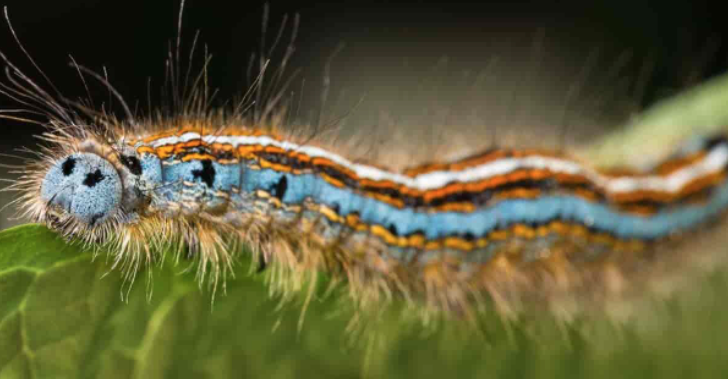

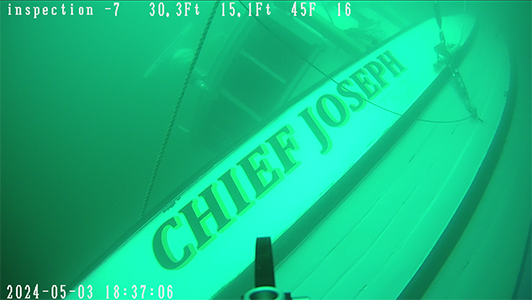
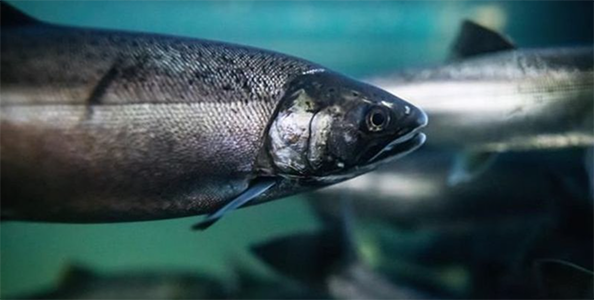




good article. i remember removing the egg masses on fruit trees for some clients, and what a difference it made in the population of tent caterpillars. it is also good winter work when tasks are few.
Yes! Thank-you for this great article!
I remember the most recent infestation ten years ago – walking around the neighborhood and hearing the continuous plop, plop, plop of rain drops . . . then realizing, blue skies . . . it was actually the plop, plop, plop of caterpillar poop. The roads were covered. Wear your hats!